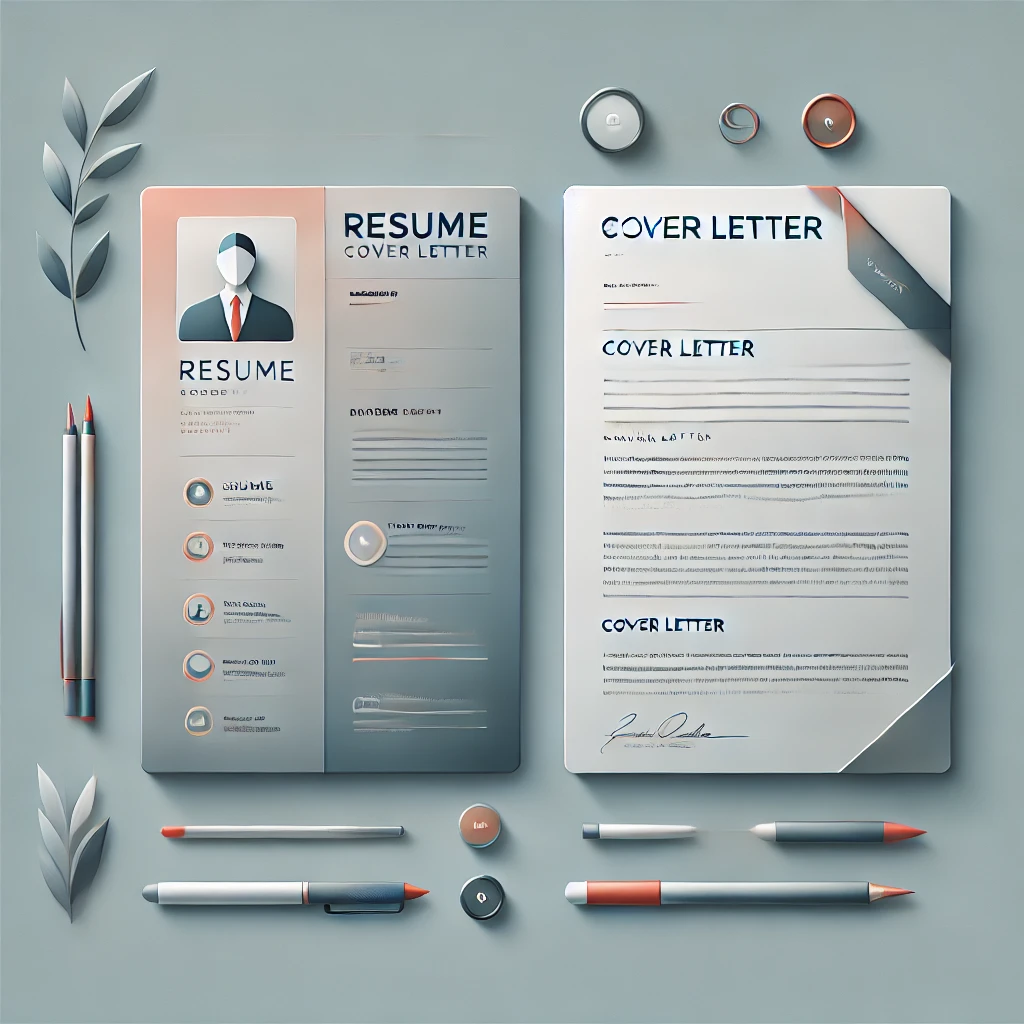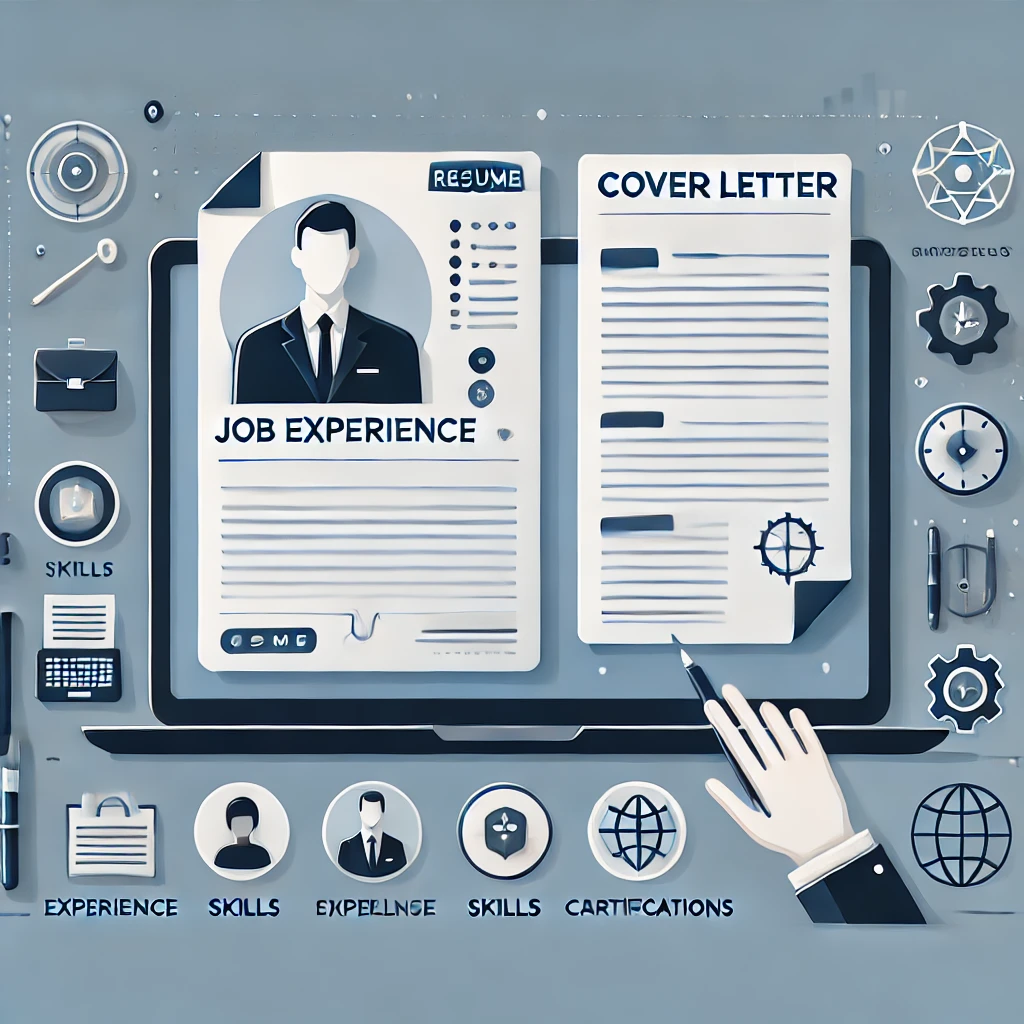
Cover Letter Should Match Resume
Your resume and cover letter represent who you are. Whereas the resume provides a clear summary of your work experience, skills, and achievements, the cover letter offers additional insights. Its role is to convey a sense of your personality, your overall goals for the position, and any relevant background information that further supports the content of your resume.
While the focus should be on the content, the format of the cover letter also has a significant impact. With an abundance of applications to go through, it is crucial for the format of your cover letter to capture the attention of hiring managers.
A cover letter that is well-crafted can sometimes serve as a deciding factor when choosing between two candidates who possess similar qualifications.
Crafting a cover letter that complements your resume can demonstrate to the hiring manager your commitment to securing the job and enhance the visibility of your application.
Below are some methods for formatting your cover letter so that it aligns with your resume.
Use Similar Design Elements
Your cover letter should demonstrate your professionalism and be consistent with the rest of your application in terms of format.
In order to accomplish this, ensure that both documents conform to the same theme and maintain consistent colors and fonts. Although they don't have to be completely identical, consider the following guidelines.
Color
Use a consistent color theme for both your resume and cover letter. If your resume has blue borders, try to use the same shade of blue in your cover letter's design to ensure a seamless transition. While it is not compulsory to have an exact matching color palette, it is important to avoid using contrasting shades or different colors altogether as it may distract or confuse the hiring manager. Remember that the purpose of using color is to draw attention to your skills and experience, not to divert it.
Font
It is advisable to use either the same or a comparable font style for both the cover letter and resume.
In English language, classic and traditional resumes often incorporate serif fonts like Cambria and Times New Roman. These fonts are popular as they are considered reliable and easy to read, whether it be on digital platforms or physical copies.
On the other hand, if you prefer a modern or trendy appearance, you may want to consider employing sans serif fonts like Helvetica and Garamond.
Font Size
When reviewing cover letters and resumes, hiring managers usually just glance through them. Therefore, it is important to use a font size between 10 and 12 points. If the text is too small or hard to read, they may not even bother to go through it.
Increasing the text size slightly has multiple advantages: it enhances readability, improves visual appeal, and creates a more polished look for the cover letter. However, exceeding a font size of 12 points may lead the hiring manager to believe that you are trying to give the impression of having more content in your letter than there actually is.
Pay Attention To The Layout
Similar to your resume, it is important that your cover letter has a neat and polished appearance. Pay attention to the margins and line spacing to ensure that the format of your cover letter matches that of your resume.
For both the resume and cover letter, it is recommended to have margins of approximately one inch. However, if the content in your cover letter is long, it is acceptable to increase the margins to 1.5 inches.
Make sure to align all the text to the left and include a gap between paragraphs. Additionally, your cover letter should be formatted with single spacing.
Including these minor formatting elements can significantly enhance the overall visual appeal of your cover letter.
Keep It To a Single Page
It is advisable to condense your cover letter and resume into a single page. Particularly for entry-level positions, it is crucial to ensure that your cover letter does not exceed two pages. As you progress to more senior roles, it may be acceptable to extend the page limit, but it should never go beyond three pages.
When it comes to cover letters, just like resumes, it is important to be concise. Focus only on the essential details related to the specific job. It is advisable to summarize your information and communicate directly in your cover letter.
Keep Contact Information Identical
It is important for the contact information on your resume and cover letter to be consistent. Although the header for either document can include additional details, the personal information that is shared should match in both.
Make sure to verify that the name, phone number, email, and address provided on both documents are the same. It is important because a potential employer can only reach out to you if your contact information is correct.
Steer Clear Of Graphics And Images
It is advisable to refrain from using visuals or dynamic graphics in both your cover letter and resume. Even though adding images or including a photograph of yourself may be seen as innovative and contemporary, it can give the impression of being unprofessional.
An additional problem arises when including a personal photo in the hiring process, as it may unknowingly introduce prejudice based on age, race, or ethnicity at an early stage. It is advisable to adhere to a secure and conventional format to avoid the possibility of your application being disregarded.

